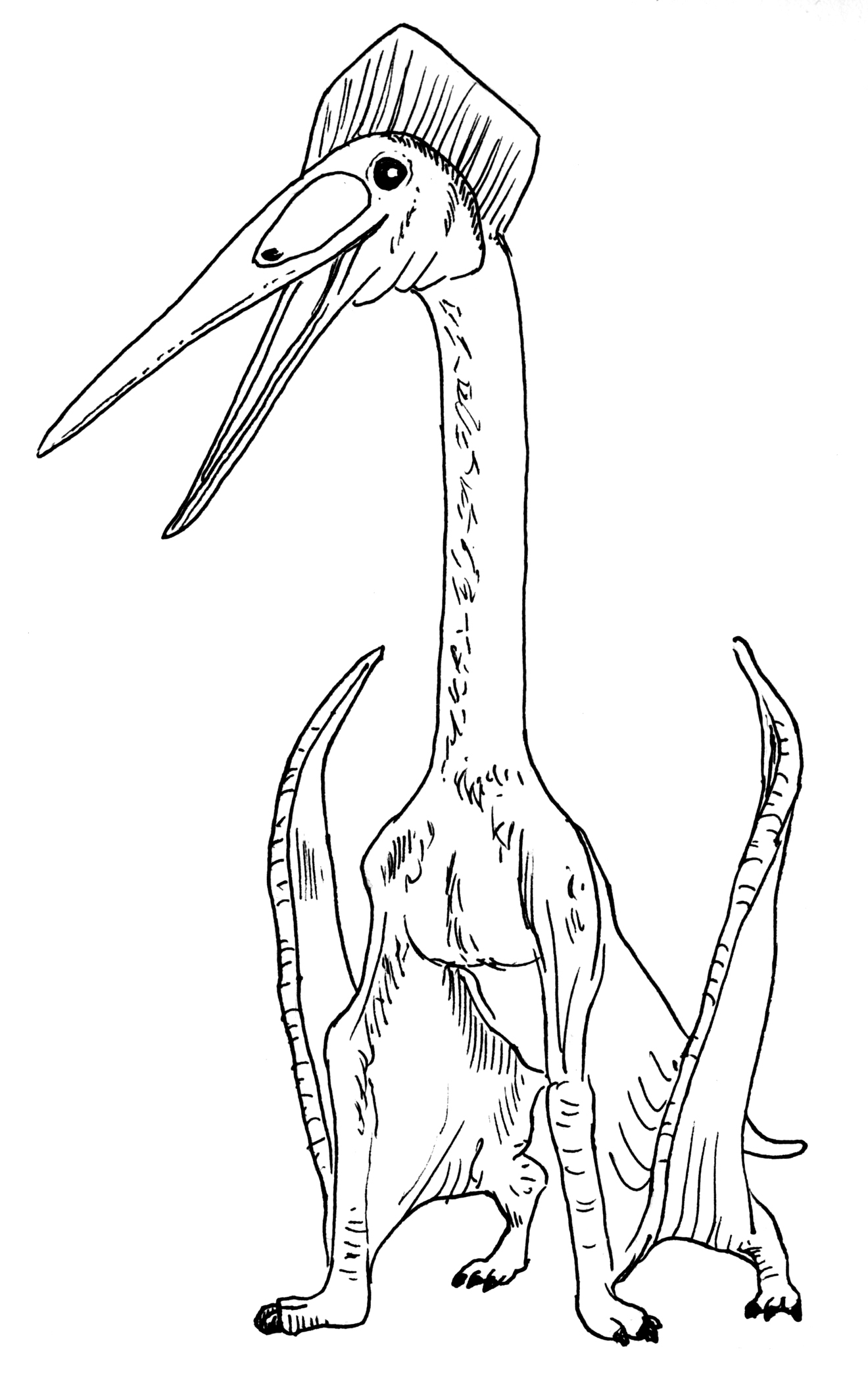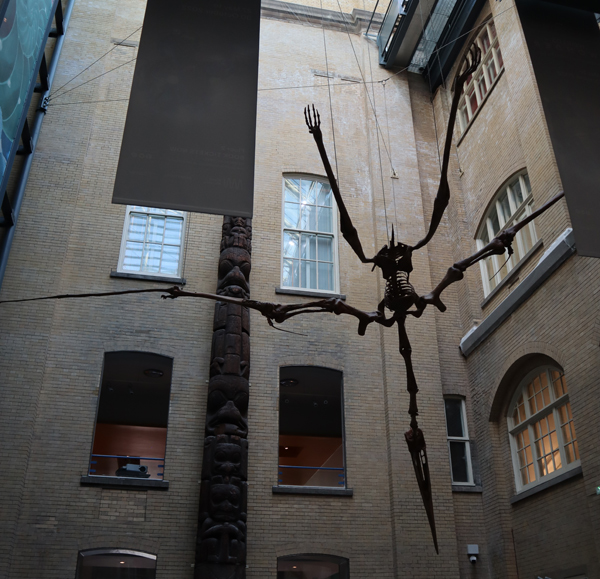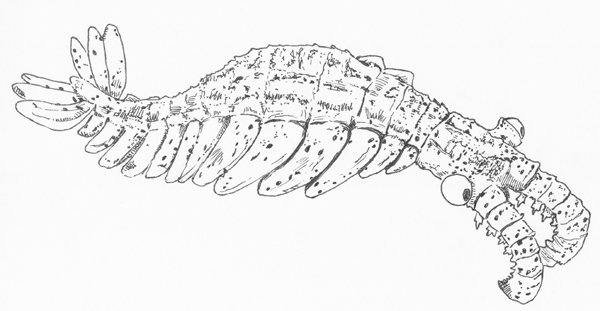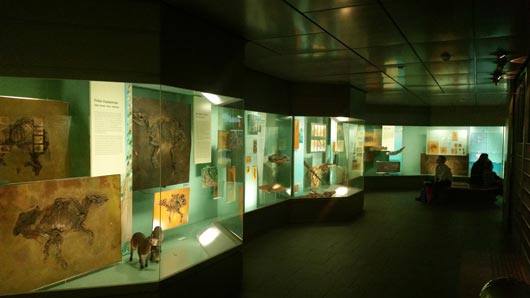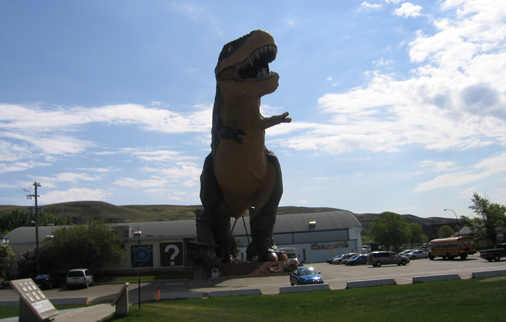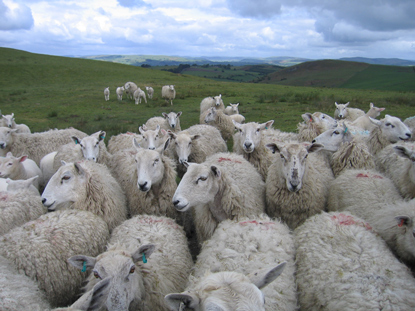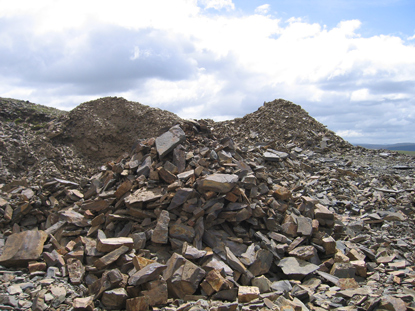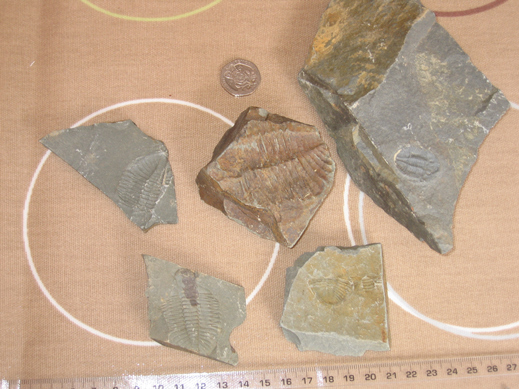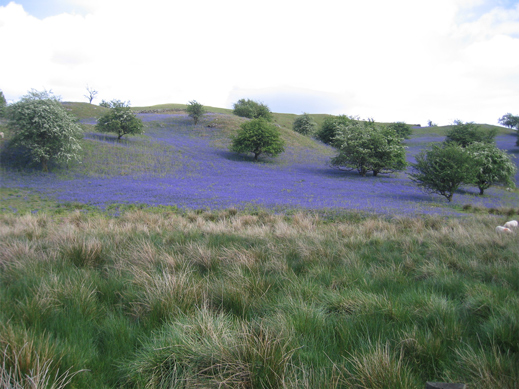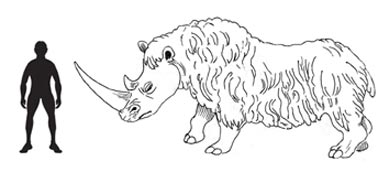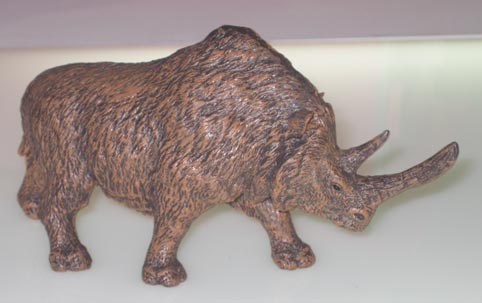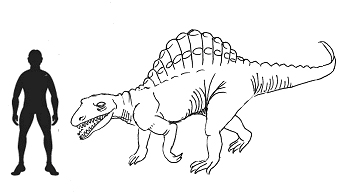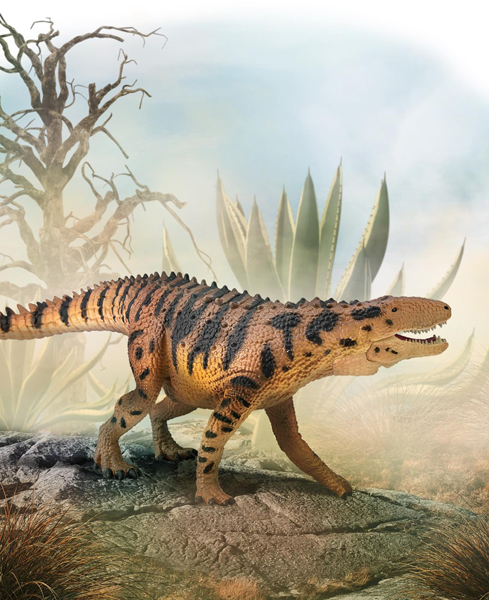Brain Development in Early Mammals Linked to Development of Sense of Smell
Whilst the Dinosauria came to prominence around 215 million years ago, primitive shrew-like creatures, the ancestors of today’s modern mammals were sniffing out a survival strategy that would lead to the development of larger brains. In a study carried out on the fossilised skulls of some ancient ancestors of true mammals, natural selection for a keener sense of smell may have been the evolutionary driver leading to bigger brains.
Early Mammals
It is not the size of the brain that makes one animal more intelligent than another, more it is a case of how the various compartments of the brain responsible for certain functions compare and the overall ratio of brain volume and capacity to body size – known as the Encephalisation Quotient or EQ.
The Encephalisation Quotient is a very simple way of measuring the intelligence of an animal. It is a ratio of the brain weight of the animal being studied compared to the brain weight of a control animal of the same body mass. This method for measuring intelligence relies on the assumption that smarter animals have larger brains to body ratios than less intelligent ones. This helps determine the relative intelligence of extinct animals, if the brain volume using CAT scans and other technology can be applied to fossil material. In general, warm-blooded animals (like mammals) have a higher EQ than cold-blooded ones (like reptiles such as snakes and crocodiles).
Birds and mammals have brains that are about 10 times bigger than those of bony fish, amphibians, and reptiles of the same body size, that are around today. The Dinosauria, such a diverse Order, show a huge variation in Encephalisation Quotient. For example, Apatosaurus (A. ajax), a Sauropod from the Late Jurassic had a body length in excess of 20 metres and weighed perhaps as much as 30 Tonnes but its brain was tiny, smaller than a cricket ball. Even the “most intelligent” of all the known Dinosaurs – troodontids would have been about as “smart” as an Emu – a flightless bird from Australia not known for its intellect.
However, researchers have puzzled over the fact that mammals have such large brains, relative to other land vertebrates such as reptiles. A new study co-authored by Zhe-Xi Luo, a palaeontologist at the Carnegie Museum of Natural History (Pittsburgh, Pennsylvania), suggests that it was the need to develop a super effective sense of smell that led to the evolution of larger brain size.
The palaeontologist stated:
“Mammals didn’t get our larger brains for thinking. We got it for a more urgent and more basis need – our sense of smell was far more important.”
Brain Development
Some researchers have speculated that the early, nocturnal mammals evolved larger brains to boost their hearing, as vision was less important at night. It is assumed that these small creatures such as the triconodont Morganucodon that was analysed in this study, were nocturnal creatures. Choosing to live in the twilight world for fear of being eaten by the dinosaurs which were much more active during the day. Other scientists have suggested that mammal’s brains are proportionately larger because as many early mammals evolved smaller bodies their brains failed to shrink to scale.
As an aside, the concept of having the dinosaurs roam during the day, and once dusk fell having the Dinosauria hand over to a night shift that included a number of ancestral mammals is quite an outdated concept. True, many small mammals alive today are nocturnal, so it is likely small mammalian ancestors in the Mesozoic were also probably creatures of the night. But many scientists now believe that there were plenty of hunters around at night, quite capable of snatching up an unwary, furry multituberculate or two.
Indeed, a recent study into the orbits (eye sockets) of some dinosaur fossil skulls, concluded that some members of the Theropoda may have been night-hunters, or at least hunters in low light levels. The predation threat from dinosaurs may have led to the evolutionary “spur” that favoured small, mammalian ancestors with better senses and hence larger brains.
The research team reconstructed the oldest known skulls of proto-mammals, the 10 cm long, shrew-like Morganucodon and Hadrocodium. Luo and colleagues found clues to how the mammalian brain may have begun to grow bigger. Using CAT scanning technology the researchers created three-dimensional images of the brain endocasts, based on the fossilised impressions of brain tissue and spaces left on the inside of the preserved fossil skulls. This gave the team a detailed view of the surface of the brain and the nasal cavities.
The team then compared these endocasts with those for seven fossils of early cynodonts – synapsids just like mammals but primitive reptiles that were abundant during the Early Triassic. It is the cynodonts, that scientists believe, are the ancestors of mammals. The team also examined the endocasts of twenty-seven other primitive mammals from the Mesozoic and compared their results with an analysis of the brains of 2 two hundred and seventy living mammal species.
They found that the size of the mammalian brain evolved in three major stages. First, by the time Morganucodon was alive 190 million years ago, the brain was almost 50% larger than in cynodonts, and areas that process smell, such as the olfactory bulb, were distinctly larger. Then, a short time later in Hadrocodium, the closest known relative of living mammals, the brain had expanded another 50%, with parts involved in smell accounting for most of the increase. Thirdly, by 65 million years ago when modern types of “crown” mammals arose, regions of the brain that control neuromuscular coordination by integrating different senses had enlarged.
Examples of Early Mammals
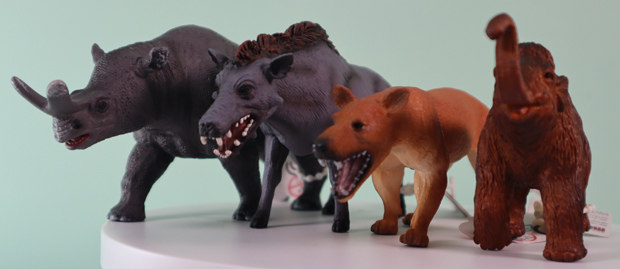
A selection of prehistoric animal models from the Mojo “Prehistoric and Extinct” range. Models of early mammals. Picture credit: Everything Dinosaur.
Picture credit: Everything Dinosaur
To view models and replicas of early prehistoric mammals: Mojo Fun Prehistoric and Extinct Figures.
Images released show the computer generated image of the brain (pink) and the swollen front section of the brain equating to the olfactory bulbs (part of brain attributed to detection and analysis of sense of smell.
Biologist R. Glenn Northcutt of the University of California (UC), stated:
“The paper provides the first evidence of the relative size of the brains and which parts were initially enlarging during critical stages in the evolution of modern mammalian brains. Until now, we could only speculate what changes were occurring and at what rate. Now we have data and can infer what selective pressures were driving brain evolution in the radiation that led to mammals.”
Biological anthropologist Terrence Deacon of UC Berkeley also praises the descriptive work that shows the olfactory bulb was “unambiguously enlarged” compared with the structure in reptiles. But he warns that just because it was larger when the brain began to expand doesn’t mean that the sense of smell drove the size increase, it could just correlate with enlargement caused by another adaptation.
Deacon commented that regardless of the trigger, though the fossils show that a:
“Mammalian pattern of brain organisation is apparent at this very early stage of proto-mammalian evolution.”


